In the realm of eCommerce, where digital storefronts cater to a global audience, success hinges on more than just having a quality product. It’s about understanding your customers, anticipating their needs, and crafting an experience that keeps them coming back. This is where the power of analytics comes into play – a strategic tool that empowers businesses to optimise sales and elevate the customer experience.
Picture this: a world where decisions aren’t made on hunches or gut feelings, but rather on concrete data that offers a glimpse into the minds of your customers. Analytics provides the lens through which you can view their preferences, behaviours, and interactions with your online store. By harnessing this data-driven insight, you’re not only enhancing your chances of success but also honing your ability to meet customer expectations in a rapidly evolving digital landscape.
Today, we’ll embark on a journey into the heart of eCommerce analytics. We’ll unravel the layers of its significance, delve into the metrics that matter, and explore how you can leverage these insights to not only boost sales but also create a shopping experience that feels tailor-made for each individual customer. We’ll navigate the terrain of inventory management, customer segmentation, A/B testing, and even the ethical considerations that go hand-in-hand with data utilisation.
The role of analytics in eCommerce
In the bustling world of online shopping, where choices are limitless and attention spans are fleeting, understanding your customers isn’t just an advantage – it’s a necessity. And data analytics isn’t merely a collection of charts and numbers; it’s the compass that guides you through the vast sea of digital commerce, helping you navigate towards success.
Imagine being able to peer into the minds of your customers, deciphering their preferences, understanding what piques their interest, and predicting their next move. That’s the power of analytics – it’s like having a crystal ball that reveals insights about your audience’s behaviour, trends, and buying patterns. Armed with this knowledge, you can tailor your strategies to meet their expectations and keep them engaged.
At its core, eCommerce analytics empowers you to make informed decisions. It allows you to go beyond assumptions and base your actions on concrete data. Want to know which products are flying off the virtual shelves and which ones are gathering digital dust? Analytics has the answer. Curious about the points in your customer’s journey where they’re dropping off without making a purchase? Analytics shines a light on those pain points.
Moreover, analytics doesn’t just stop at understanding customer behaviour. It’s your secret weapon when it comes to measuring the effectiveness of your marketing campaigns and fine-tuning your inventory management. It’s the toolkit that equips you with the ability to pivot, adjust, and optimise your business strategies in real-time, based on what’s actually happening, not what you think might be happening.
In this ever-evolving landscape, businesses that harness the potential of eCommerce analytics gain a competitive edge. They’re not just selling products; they’re crafting experiences that resonate with their audience. They’re not merely hoping for sales; they’re actively driving conversions by understanding and meeting customer needs.
So, as we dive deeper into the ocean of eCommerce analytics, remember that it’s not just about crunching numbers. It’s about understanding the heartbeat of your business and using that insight to forge ahead with purpose. Whether you’re a small boutique or a sprawling online marketplace, analytics can be your North Star, guiding you toward sales growth and a customer experience that keeps people coming back for more.
Key metrics for analysing sales
When it comes to eCommerce, data isn’t just a bunch of digits; it’s the language that reveals the story of your sales performance. So, let’s explore some key metrics that are your backstage pass to understanding what’s working and what needs a little TLC.
Conversion Rate
This is the percentage of website visitors who transform into paying customers. A high conversion rate suggests that your digital aisles are appealing and convincing enough to turn browsers into buyers.
Average Order Value (AOV)
This metric paints a picture of how much customers are spending on average with each purchase. Are they just grabbing a single item and running, or are they treating themselves to a cartful of goodies? A growing AOV could signify effective cross-selling or upselling strategies.
Customer Lifetime Value (CLV)
This is like measuring the worth of a long-term friendship. CLV predicts how much a customer will contribute to your bottom line over their entire journey with your brand. By nurturing lasting relationships, you’re not just chasing quick wins; you’re investing in sustainable growth.
Cart Abandonment Rate
This metric shows how many potential sales slipped through your fingers at the last moment. By understanding why this happens, you can smooth out the checkout process and plug the leaks.
Revenue by Traffic Source
Where are your customers coming from? This metric highlights which marketing channels are driving the most revenue. It’s like knowing which roads lead to your store, so you can focus on optimising the ones that bring in the most website traffic.
These metrics aren’t just numbers to appease the data nerds. They’re insights that reveal the health of your eCommerce business. They point out the victories, highlight the pain points, and guide your strategy adjustments. So, while the world might see a bunch of digits, you now see the pulse of your business.
Enhancing customer experience through analytics
Let’s say you walk into a physical store, and the salesperson not only remembers your name but also suggests products you’d love based on your previous visits. That’s the kind of personalised experience that makes customers feel valued and understood. When it comes to eCommerce, analytics is your virtual salesperson – it helps you create that personal touch in a digital landscape.
Personalisation
Analytics lets you track customer behaviour, allowing you to recommend products based on their past purchases, searches, and even the items they’ve left behind in their carts. It’s like having a conversation that picks up right where it left off.
User Journey Analysis
Think of your website as a treasure map, and your customers are the adventurers. Analytics helps you track their journey – where they start, where they linger, and where they drop off. Armed with this insight, you can smoothen the path, eliminate roadblocks, and guide them toward that ultimate treasure trove – the checkout.
Product Recommendations
Remember the friend who always knows the best restaurants or movies? That’s what product recommendations do for your customers. By analysing data, you can suggest items that align with their tastes, making their shopping experience seamless and enjoyable.
Analytics doesn’t just improve the front-end experience; it’s also the wizard behind the curtain for inventory management. By understanding what’s selling and what’s not, you can optimise your inventory, ensuring you never run out of your bestsellers or end up with a mountain of unsold goods.
Utilising data for inventory management
Imagine running a brick-and-mortar store without knowing what products are flying off the shelves and which ones are collecting dust in the corners. Chaos, right? Well, in the world of eCommerce, analytics is key to efficient inventory control.
Inventory Turnover Rate
Think of this as the heartbeat of your inventory. It measures how quickly products are sold and replaced. A high turnover rate suggests healthy demand and efficient stock management, while a low rate could indicate potential issues like overstocking.
Demand Forecasting
Remember that feeling of predicting rain when you see dark clouds? Demand forecasting is like that, but for your products. By analysing past sales data, you can predict future demand patterns and adjust your inventory accordingly. No more rain checks; you’re ready for the storm.
With analytics, it’s not just about knowing what to stock. It’s about knowing what not to stock. Imagine if you could predict that a certain product’s popularity is waning. You could make informed decisions to clear out space for fresh arrivals, preventing excess inventory from gathering digital dust.
And let’s not forget the beauty of real-time updates. As your virtual cash register rings up sales, analytics keeps a vigilant eye on your stock levels. When an item is about to go out of stock, you’re alerted – allowing you to restock before customers are met with that dreaded “out of stock” sign.
Inventory management might not be the glamorous face of eCommerce, but it’s the backbone that keeps your operations running smoothly. And analytics? It’s your inventory guardian angel, ensuring you have what you need when you need it, without drowning in excess or missing out on opportunities.
Customer segmentation and targeting
Think of your customer base as a diverse mosaic of individuals, each with their own preferences, behaviours, and quirks. Now, imagine trying to cater to all of them with a one-size-fits-all approach. Tricky, right? That’s where the art of customer segmentation and targeting, powered by analytics, comes into play.
Customer segmentation is like sorting your M&M stash by colour – it helps you group similar customers together based on demographics, behaviour, preferences, and more. Analytics transforms a sea of data into distinct segments, allowing you to understand who your customers are and what makes them tick.
Armed with insights from customer segmentation, you can then create marketing campaigns tailored to each segment’s interests. It’s not just about reaching more people; it’s about reaching the right people with the right message.
But let’s dive deeper. Say you’re an online fashion store. With analytics, you can identify your loyal shoppers, occasional browsers, and those who seem to vanish after adding items to their carts. You can then design strategies to reward loyalty, re-engage the almost-converts, and nurture relationships with your sporadic visitors.
A/B testing and conversion rate optimisation
Imagine you’re at a crossroads, and you’re not sure which path will lead you to your destination. Your website is that crossroads, and the paths are different layouts, designs, and strategies. This is where A/B testing enters the scene.
Think of A/B testing as a friendly duel between two versions of a webpage. One is the reigning champion, while the other is the challenger with a new idea. Analytics lets you pit them against each other and shows you which version wins the hearts (and clicks) of your audience.
Conversion Rate Optimisation (CRO) is the process of tweaking your website elements to encourage visitors to take desired actions – whether it’s making a purchase, signing up for a newsletter, or clicking that “Add to Cart” button, hopefully transforming window shoppers into actual customers.
Analytics is your guide through this experimentation journey. Say you’re wondering if changing the colour of your call-to-action button will boost conversions. A/B testing lets you try it out. Analytics tracks which version gets more clicks, and suddenly, you’re not just guessing – you’re making decisions based on real user behaviour.
It’s not a one-time deal though. A/B testing and CRO are like refining a recipe. You tweak, you taste, and you tweak again until it’s just right. Maybe it’s the placement of a banner, the wording of a headline, or the length of a checkout form – whatever it is, analytics helps you pinpoint the winning formula. It’s not just about making your website look pretty; it’s about making it work for you.
Tools and technologies for eCommerce analytics
In the vast universe of eCommerce, where data is the North Star guiding your decisions, having the right tools is like having a trusty map for your journey. Thankfully, the world of analytics offers a galaxy of tools and technologies tailored to help you.
Google Analytics
Think of Google Analytics as your all-seeing eye. It tracks everything – from website traffic and user behaviour to conversion rates and more. With easy-to-understand reports, you can uncover insights that drive your strategies.
Heatmaps
Ever wish you could see exactly where your visitors are clicking and scrolling? Heatmap tools make it happen. They visually display the hotspots on your website, revealing what captures your users’ attention and what gets overlooked.
Customer Relationship Management (CRM) software
CRM tools aren’t just for big corporations. They help you keep track of your customers, their interactions with your brand, and their preferences. This data goldmine guides your personalised marketing efforts.
Social media analytics
In the age of likes and shares, understanding how your audience interacts with your social media posts is vital. Social media analytics tools help you track engagement, reach, and the overall impact of your online presence.
A/B testing platforms
Remember those friendly duels between different versions of your website? A/B testing platforms facilitate these experiments, allowing you to compare different elements to see what resonates with your audience.
eCommerce platforms with built-in analytics
Many eCommerce platforms come with analytics features built-in. They track sales, inventory, and customer behaviour right from the dashboard, making it convenient for business owners to keep tabs on their performance.
The key is finding tools that align with your business’s specific needs and goals. Whether you’re a small boutique or a global marketplace, these tools are like your digital companions. Remember, it’s not about collecting data for the sake of it; it’s about gathering insights that inform your decisions.
Challenges and ethical considerations
While the digital landscape offers incredible opportunities, it also presents a few hurdles that require careful navigation. With the rise of data breaches and privacy concerns, ensuring the security of your customers’ personal information is crucial and transparency is key. Be clear about the data you’re collecting and how you’re using it. Customers appreciate honesty and are more likely to trust businesses that are open about their practices.
Think of data collection as a conversation. Just as you wouldn’t share personal information without permission, don’t collect customer data without consent. Ensure your customers understand what data you’re collecting and why, and give them the option to opt out if they wish. And avoid using customer data in ways that could be perceived as invasive or manipulative. Strive for ethical data usage that benefits both your business and your customers.
Anonymising data removes personally identifiable information, safeguarding your customers’ identities. This practice is essential when sharing data with third parties or conducting research, as it minimises the risk of data breaches and privacy violations.
In the pursuit of leveraging data for business growth, it’s vital to remember that your customers’ trust is the backbone of your success. By addressing these challenges and ethical considerations head-on, you’re not just building a business; you’re cultivating a reputation for integrity and responsibility.
A journey into the heart of eCommerce analytics
From understanding the role of analytics in boosting sales and customer experience to deciphering key metrics and embracing the tools that make it all possible, it’s clear analytics isn’t just a tool; it’s the guiding light that helps you make informed decisions, optimise strategies, and create experiences that resonate with your customers. Analytics is the bridge that connects the dots between data and action, propelling your business forward in a sea of competition.
As you embark on your analytics-driven journey, remember that you’re not just analysing data – you’re crafting a better customer experience. If you’re not sure where to start, we can help.







